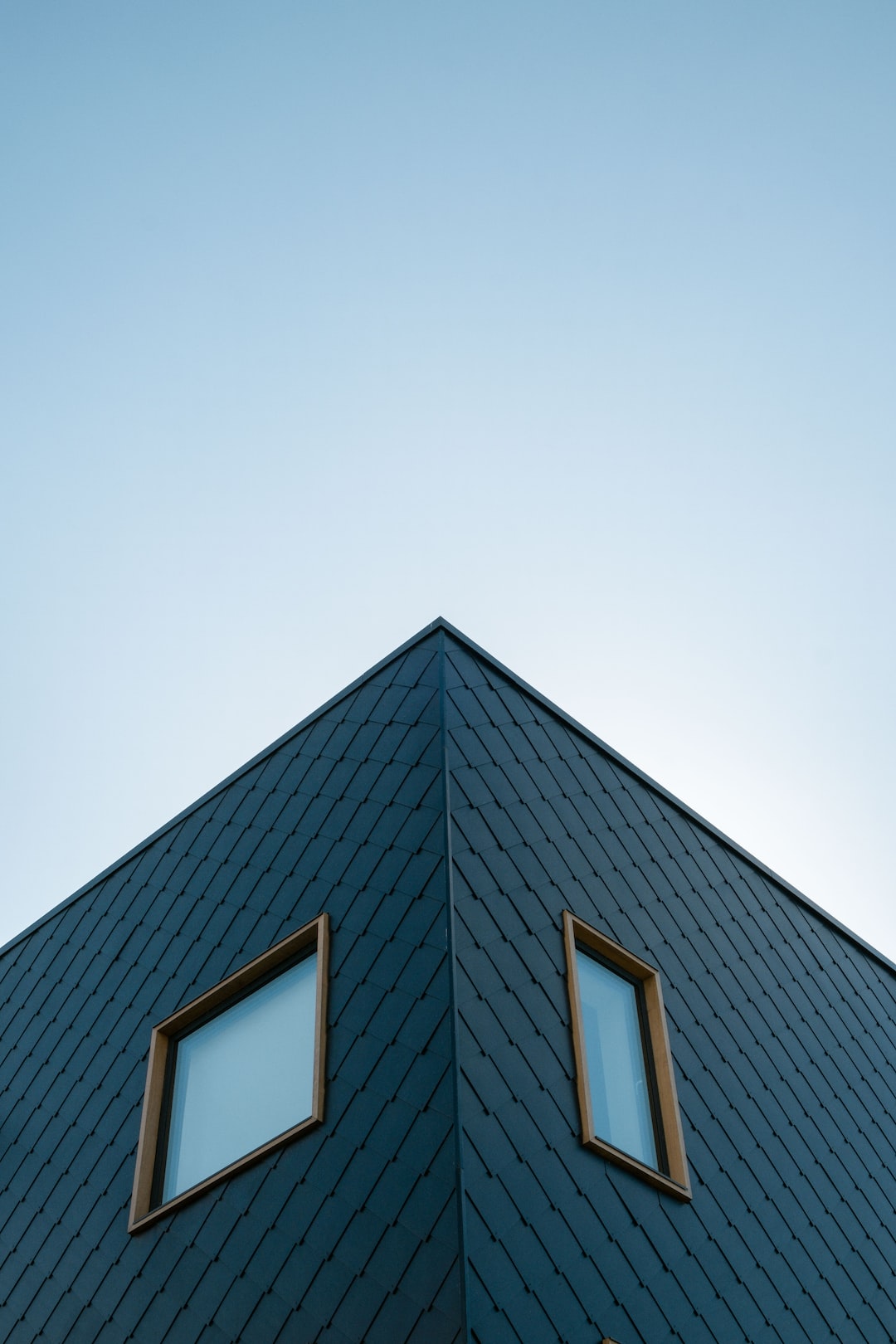The Growing Trend of Eco-Friendly Homes
In today’s fast-paced world, there is an increasing concern about our planet’s environment and the impact of human activities on it. People are becoming more conscious of their carbon footprint and are seeking ways to live a sustainable lifestyle. One growing trend that has emerged in recent years is the rise of eco-friendly homes. These homes are designed and built with the goal of reducing their negative impact on the environment. Let’s delve deeper into this phenomenon and explore the various aspects that define eco-friendly homes.
One of the key features of eco-friendly homes is energy efficiency. These homes are designed in such a way that they consume less energy compared to traditional houses. Energy-efficient appliances, LED lighting, and advanced insulation systems are some of the elements that contribute to reduced energy consumption. Additionally, renewable energy sources such as solar panels are often integrated into the design of these homes, allowing homeowners to generate their clean energy. By harnessing the power of the sun, wind, or even hydroelectricity, eco-friendly homes can significantly reduce their dependence on fossil fuels and decrease greenhouse gas emissions.
Reducing water consumption is another crucial aspect of eco-friendly homes. Environmentally conscious homeowners prefer installing low-flow fixtures, rainwater harvesting systems, and graywater reuse systems. These technologies help minimize water waste and ensure that water resources are used more efficiently. By implementing these conservation methods, eco-friendly homes can contribute to the overall preservation of one of our planet’s most valuable resources.
Furthermore, the materials used in the construction of eco-friendly homes are carefully selected to reduce environmental impact. Sustainable building materials like bamboo, reclaimed wood, recycled metal, and concrete made with fly ash are commonly employed in these structures. These materials are renewable, recycled, or have low embodied energy, meaning they require less energy to be produced. By opting for eco-friendly materials, homeowners can significantly reduce the extraction of natural resources and prevent them from entering the waste stream.
Another important factor that contributes to the eco-friendly nature of these homes is proper waste management. Recycling centers, composting facilities, and waste reduction strategies are integrated within the community or even within the house itself, encouraging residents to minimize waste generation. This promotes a circular economy where resources are reused and recycled, further reducing the strain on the environment.
Additionally, eco-friendly homes prioritize sustainable landscaping practices. Instead of traditional lawns, homeowners opt for native plants, which require less water and are more resistant to pests and diseases. Rainwater that is collected from rooftops and stored can irrigate these landscapes, minimizing the need for additional water resources. Moreover, eco-friendly homes incorporate green roofs and vertical gardens, which not only insulate the house but also act as natural air purifiers and provide habitats for wildlife.
The benefits of eco-friendly homes extend beyond protecting the environment; they also positively impact the health and well-being of their occupants. Indoor air quality is significantly improved through proper ventilation systems and the use of non-toxic materials, reducing the risk of respiratory problems and allergies. Natural light is maximized through the strategic placement of windows and skylights, enhancing the mood and productivity of residents. Moreover, the incorporation of natural building materials gives these homes a warm and inviting atmosphere, fostering a sense of well-being and comfort.
The growing trend of eco-friendly homes is not only driven by individual homeowners but also by governments and organizations promoting sustainable living. Various incentives such as tax breaks, grants, and subsidies are provided to encourage people to adopt eco-friendly practices in their homes. Additionally, green building certifications, like LEED (Leadership in Energy and Environmental Design), aid in recognizing and rewarding builders for constructing eco-friendly homes.
As more people become aware of the importance of living in an eco-friendly manner, the demand for sustainable homes will continue to rise. The growing trend of eco-friendly homes not only benefits individuals but also contributes to the global effort of mitigating climate change and protecting the environment. It is a crucial step towards creating a more sustainable future for both current and future generations.

